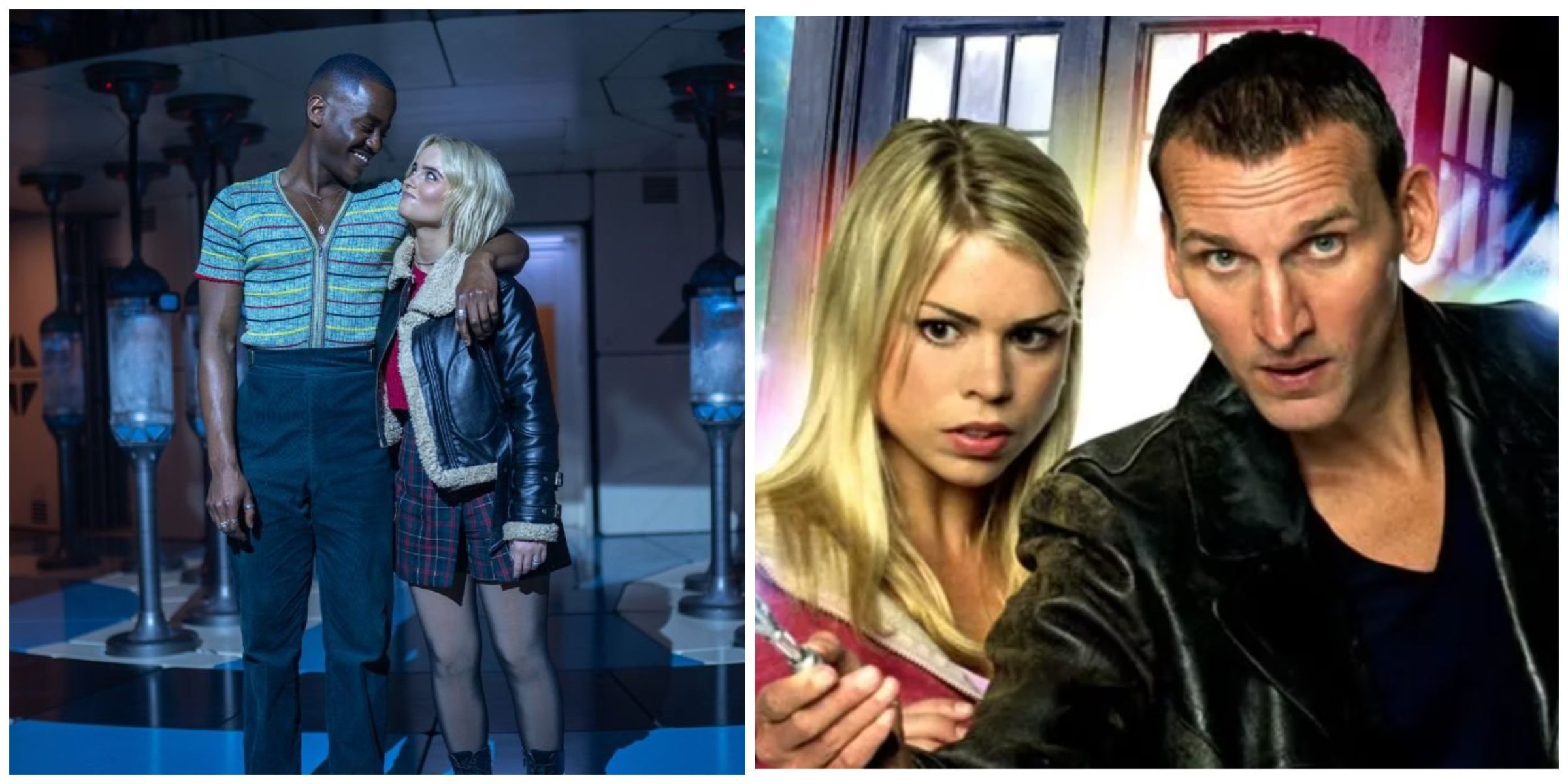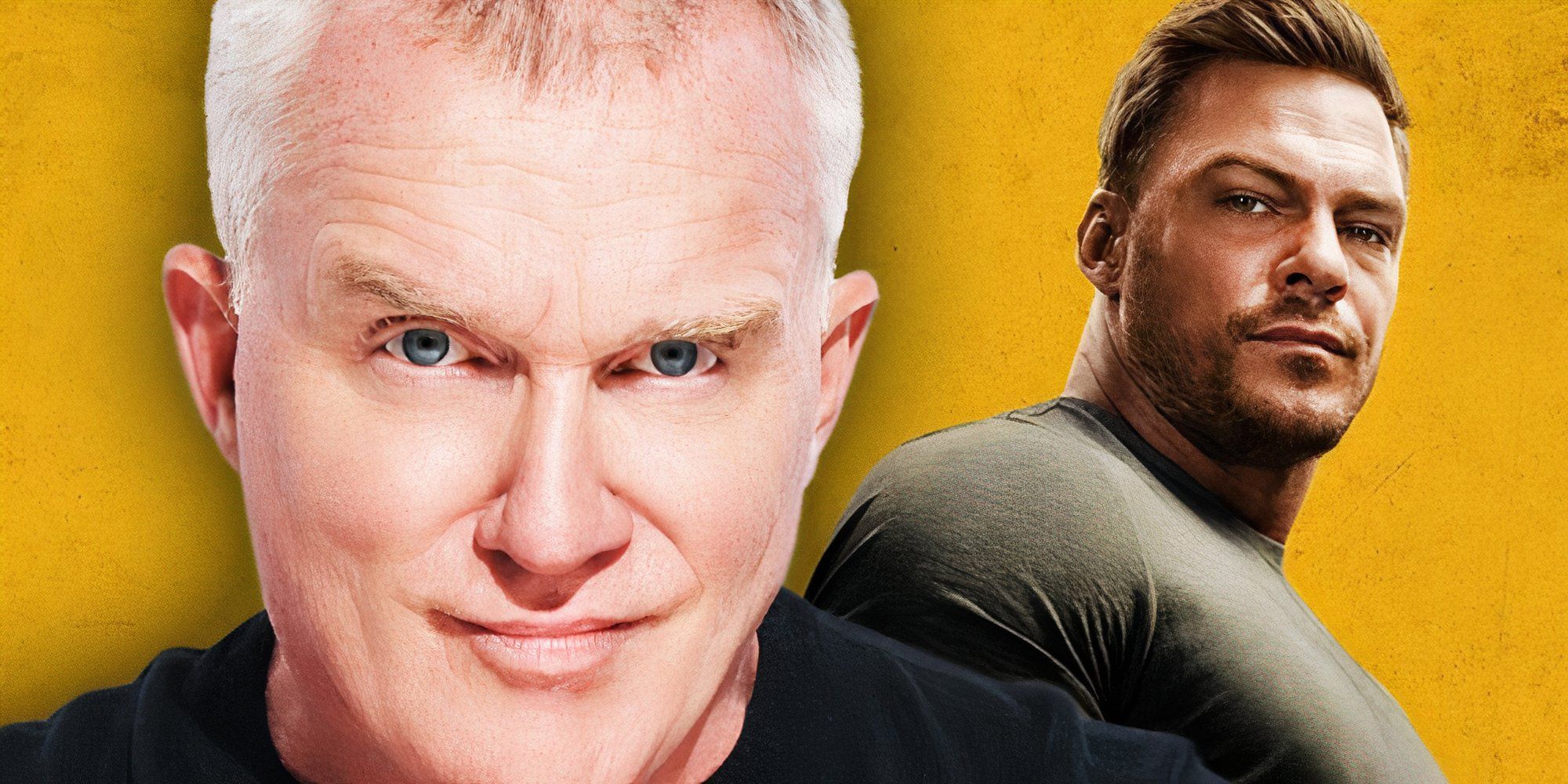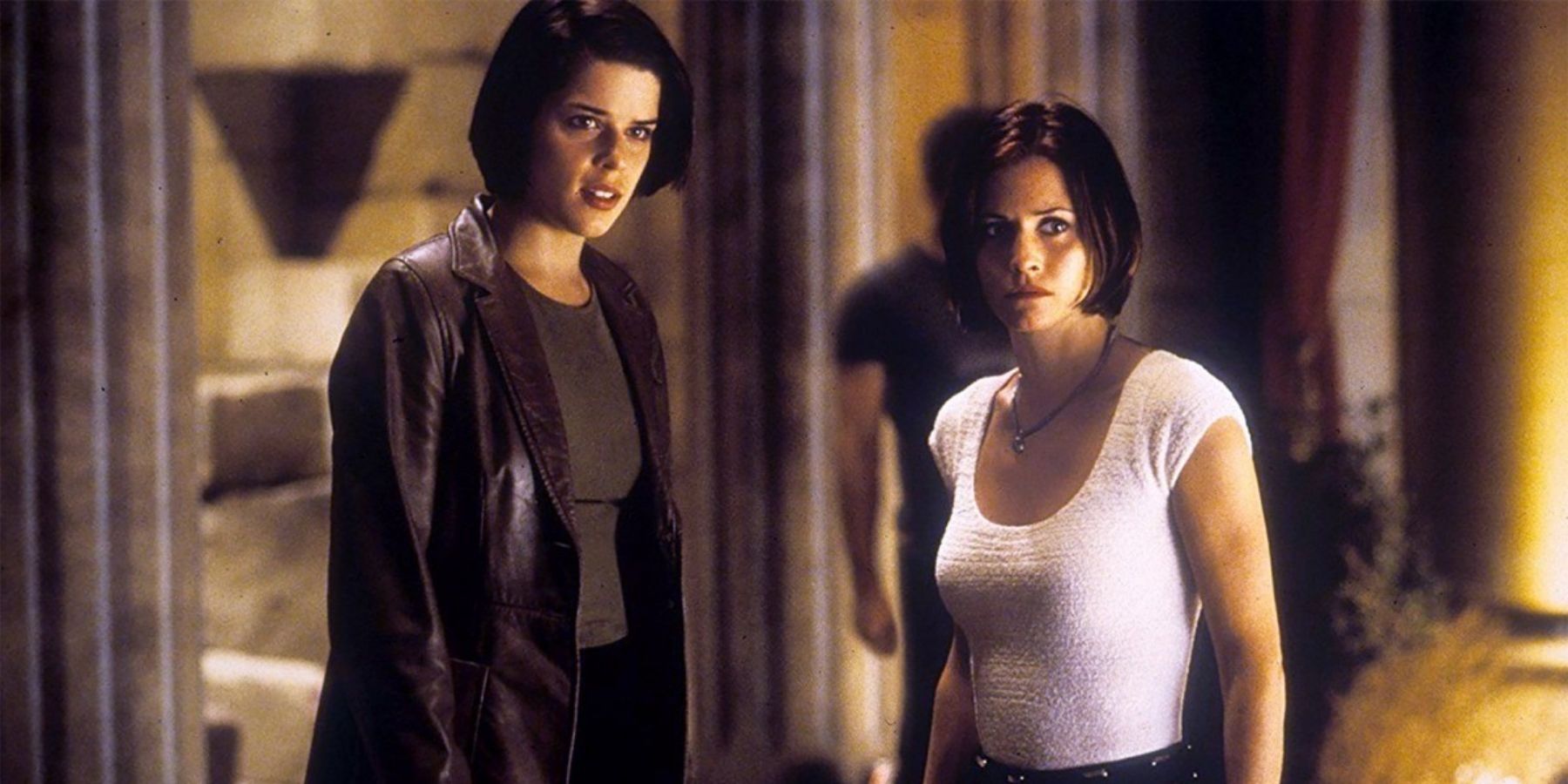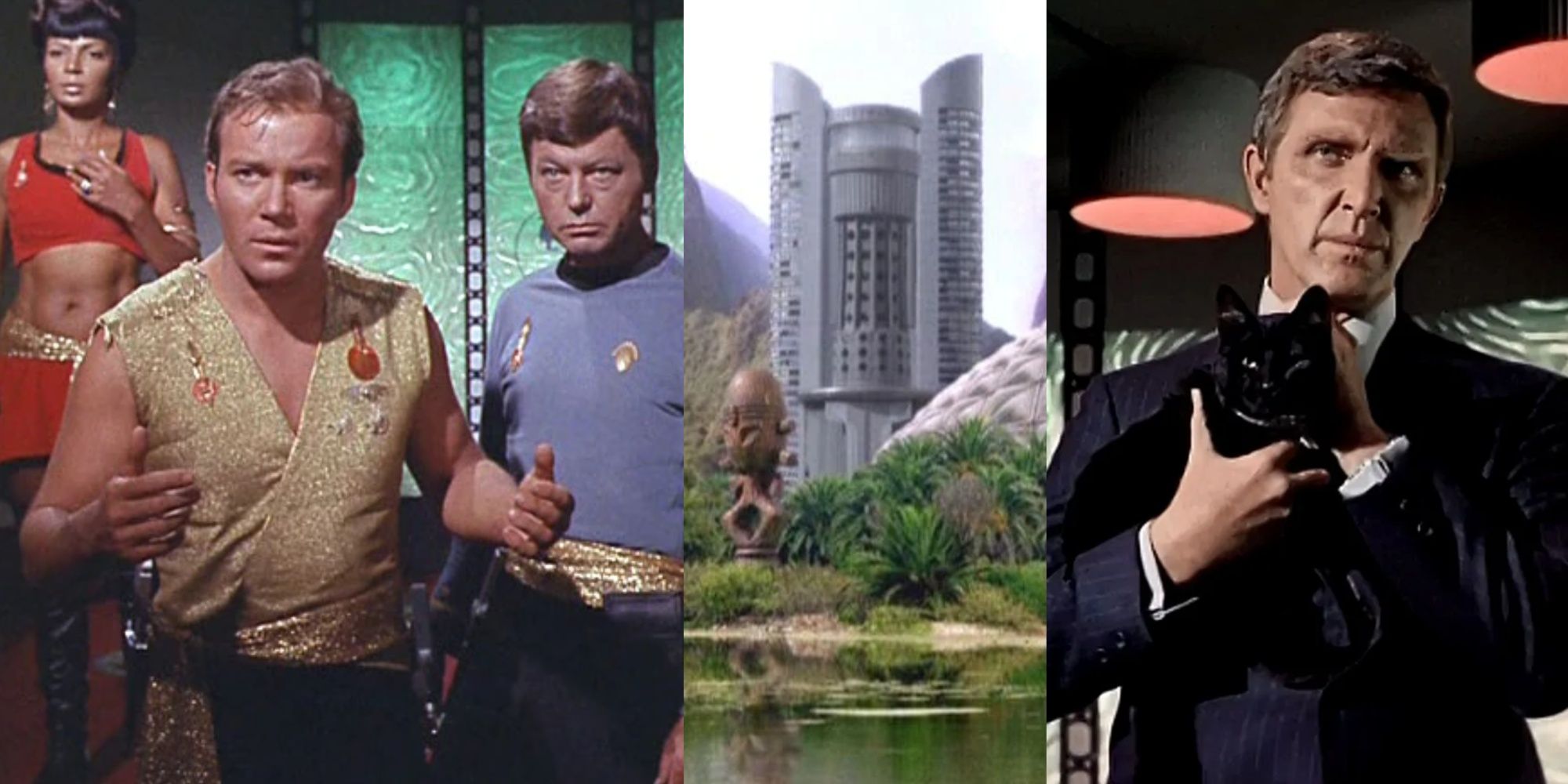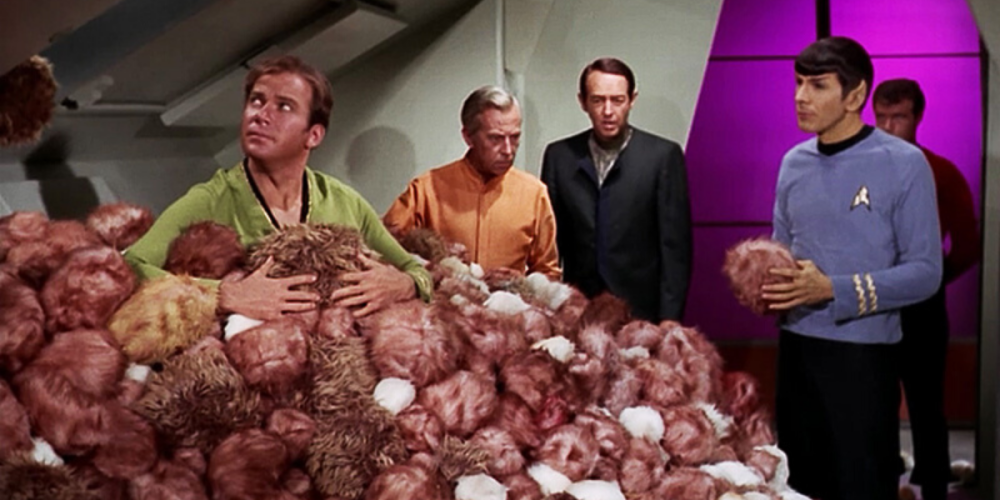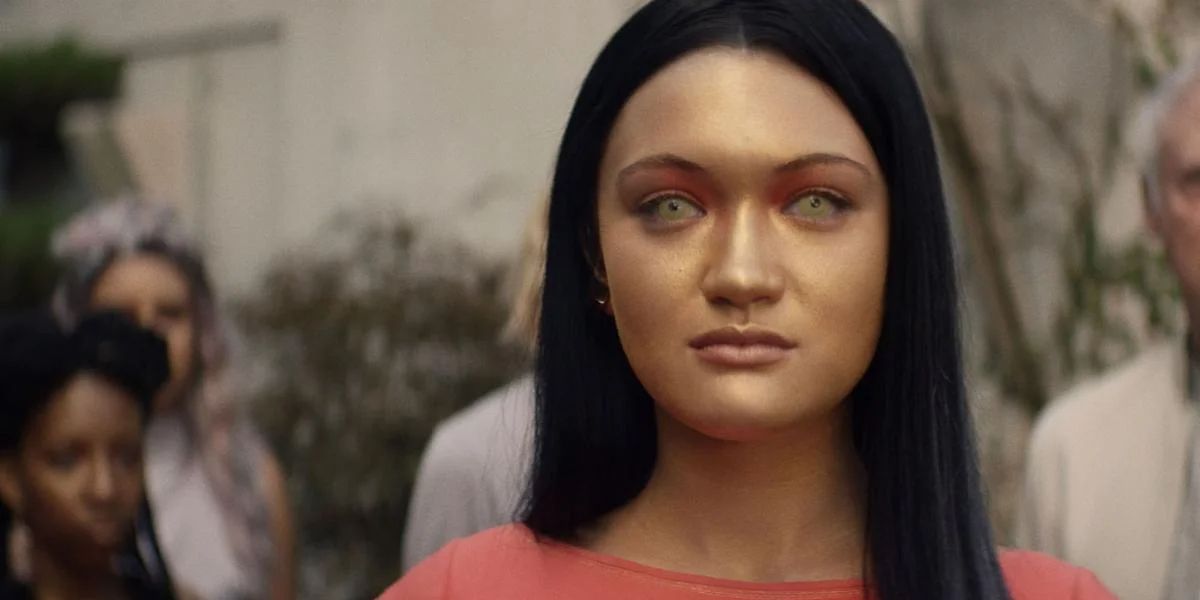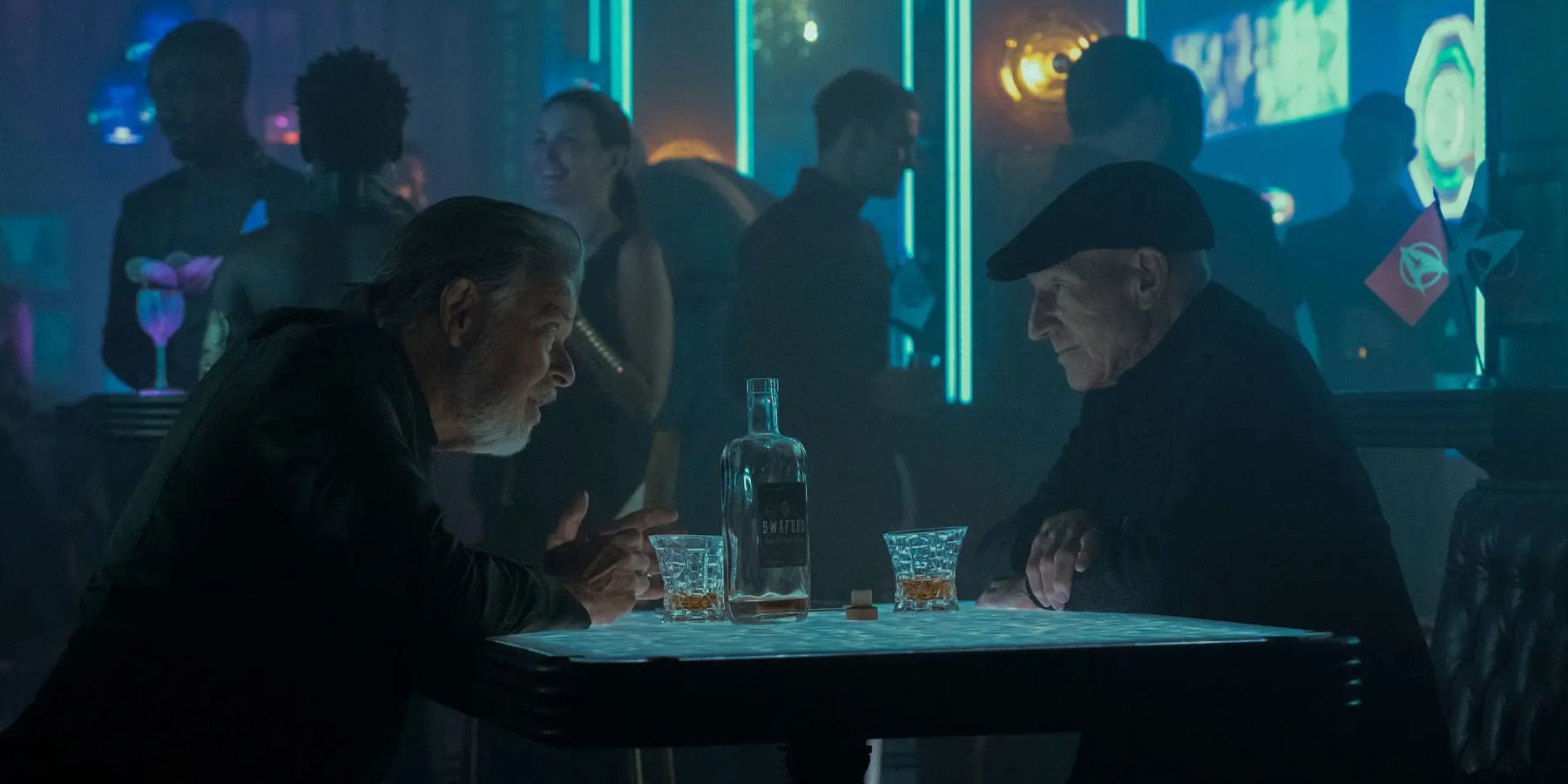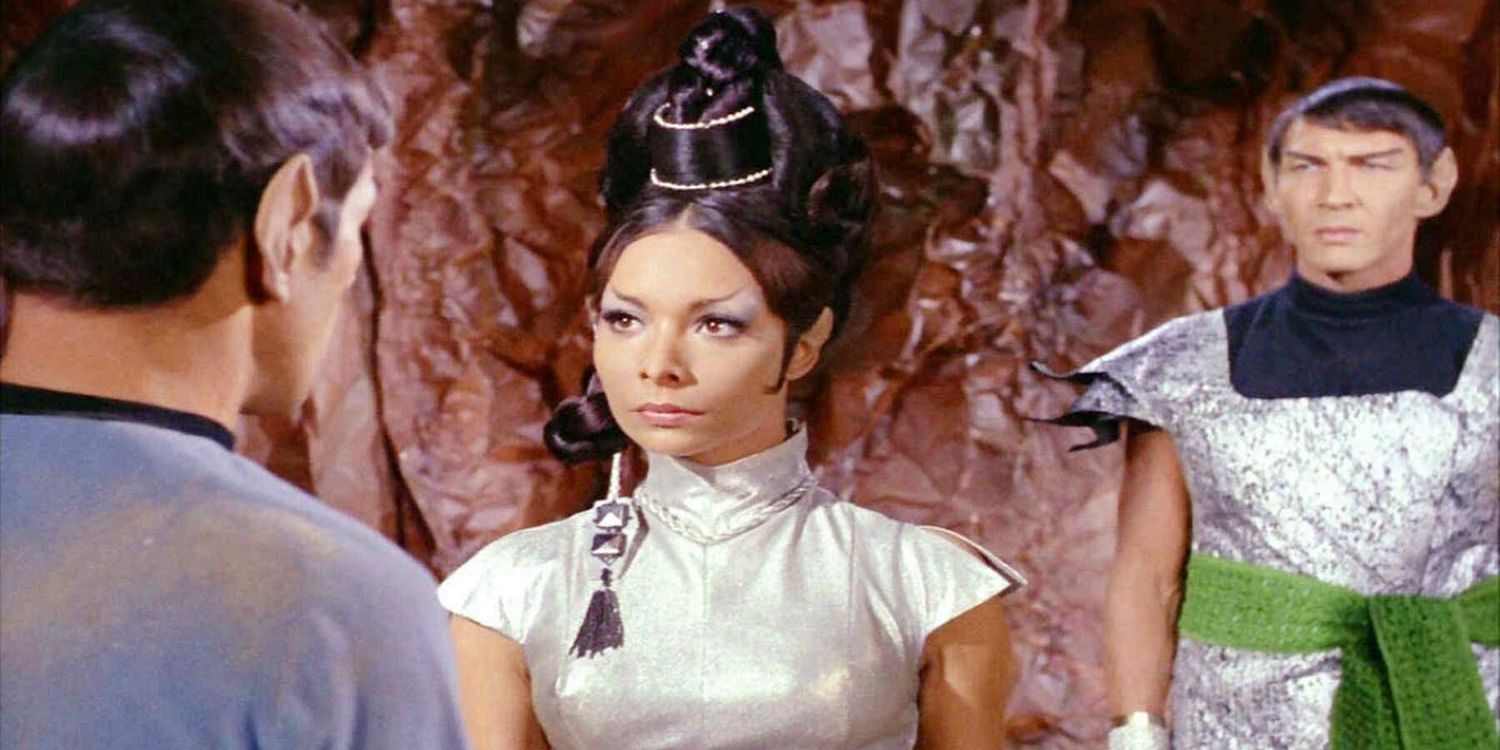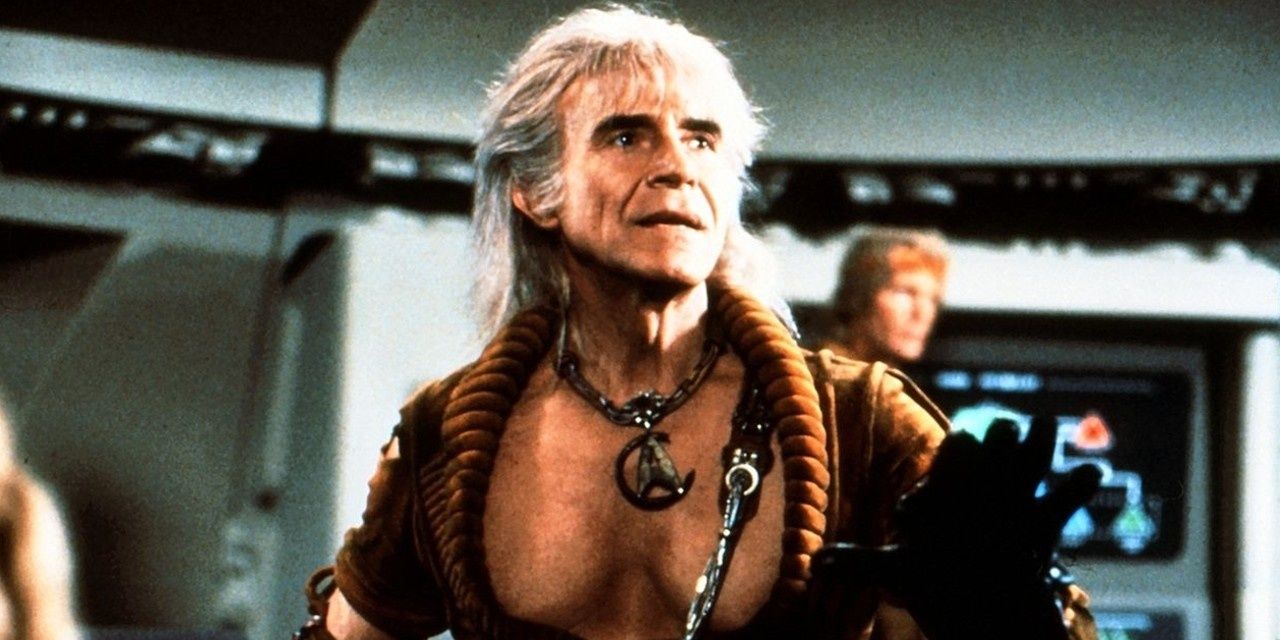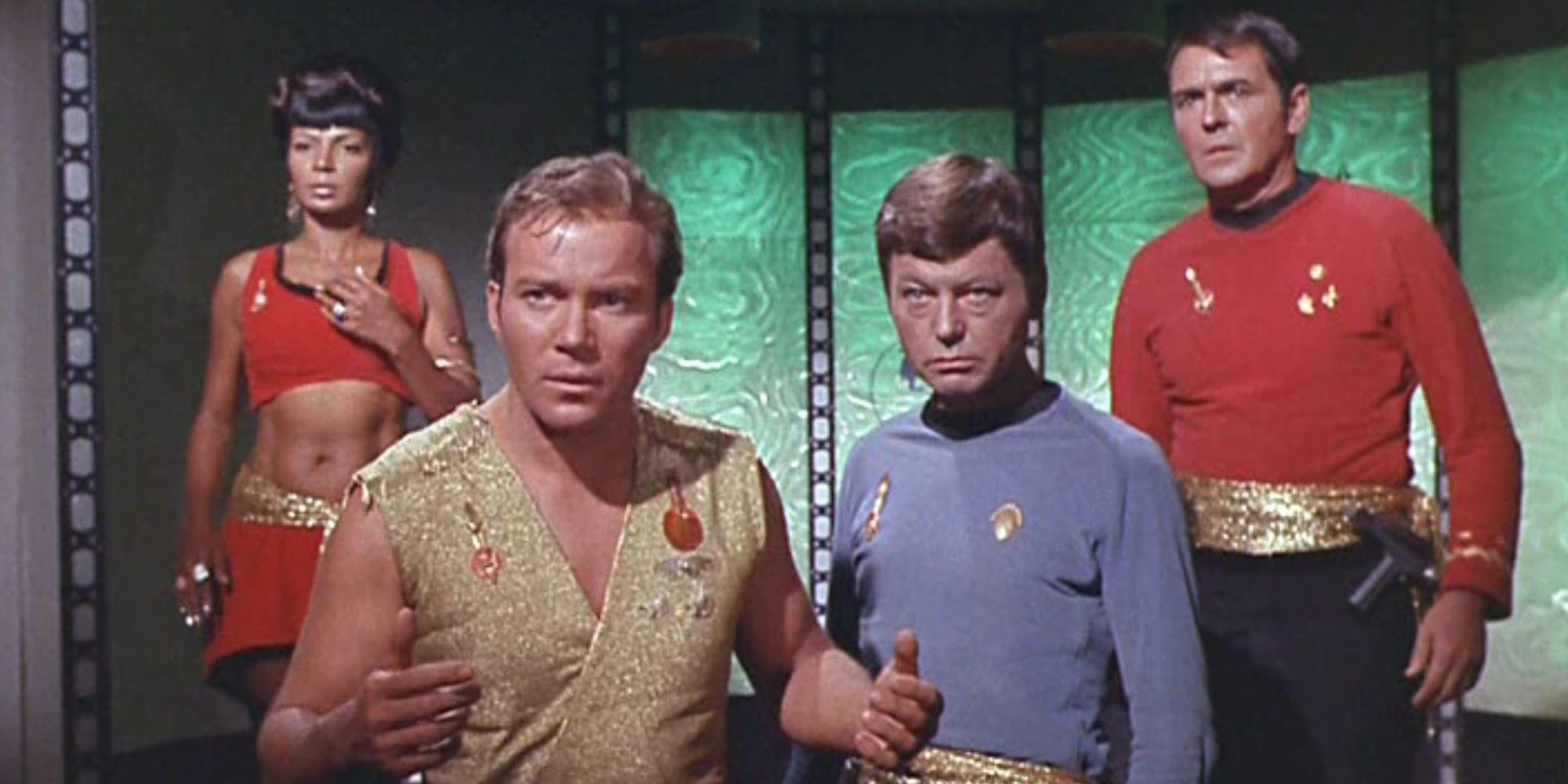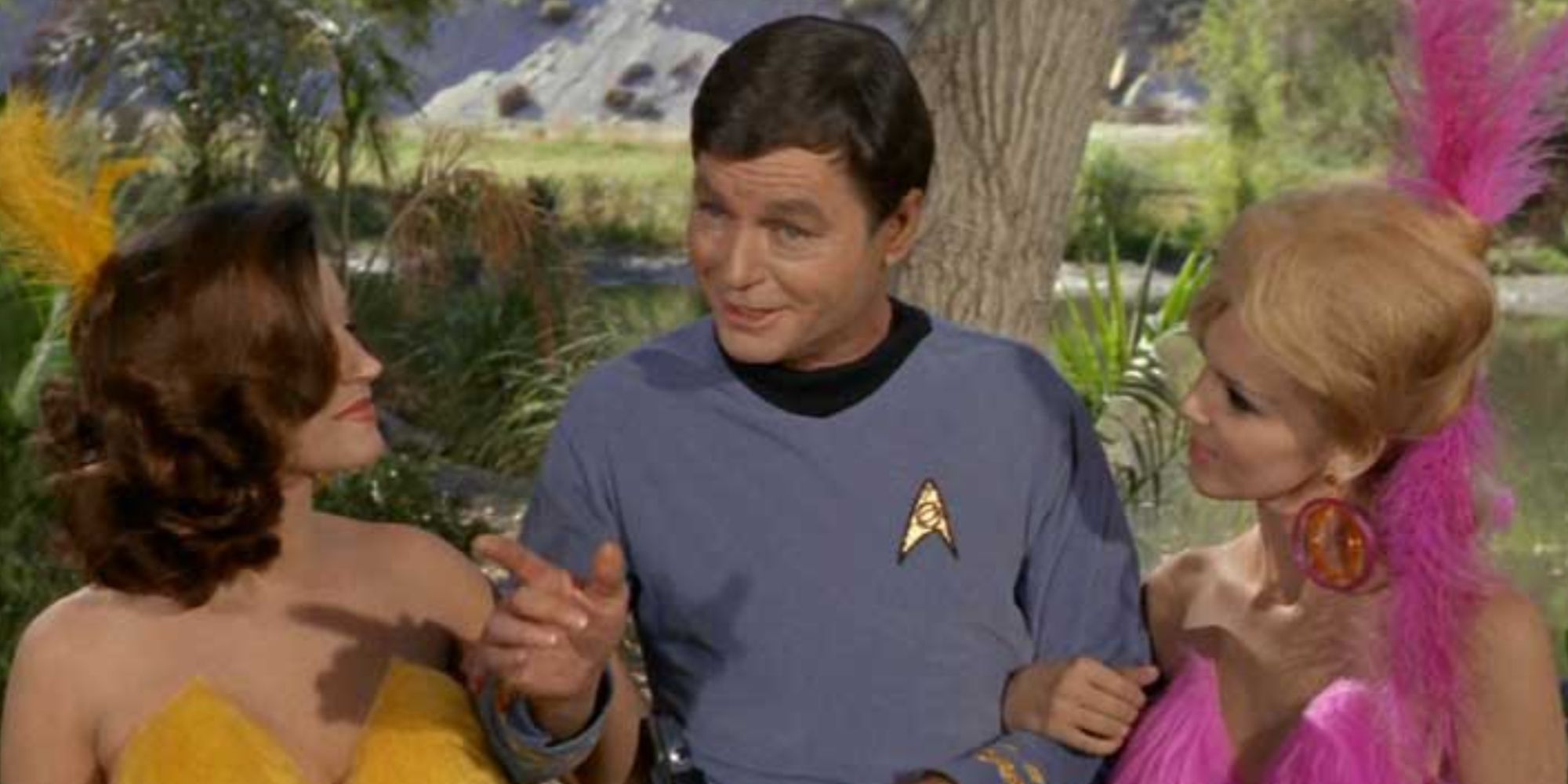Few other media franchises have the same clout and longevity as Star Trek. A lot of that has to do with the success of The Original Series. Against the odds, it was able to transcend a meager budget and limited special effects options with compelling stories and interesting plot devices.
A plot device can be a special object like a MacGuffin and often is, but it can also be a person, place, or even an idea as long as the writers use it to move to plot forward. In Star Trek, decades of creative writing have given fans plenty of unique plot devices, and some of them originated in the 1960s with The Original Series.
7 Tribbles
The oldest plot device in history is the rare object that everyone has to find, but this turns that concept backward and instead gives our heroes too much of something. "The Trouble with Tribbles" was the first episode to feature the rodent-like creatures, but they would appear various times again in the Star Trek universe.
Tribbles also appeared in The Animated Series, Deep Space Nine, and Picard, just to name a few, along with making cameos in a few of the movies. In the original series, Tribbles are an inconvenience but mostly adorable, and they hate Klingons. Tribbles are one of the few races that Klingons consider to be a mortal enemy, and the Klingons succeeded in destroying the home planet of the Tribbles in the late 23rd century.
6 Androids
The lore around androids has been retconned somewhat, but what's certain is that the concept of androids is used as a plot device in several TOS episodes. Christine Chapel's ex-fiance discovered a planet of old technology and reused it with some success in "What Are Little Girls Made Of?" Then there was Rayna from "Requiem for Methuselah," who could have been a precursor to the kinds of androids seen in modern Trek, namely Soji.
Noonian Soong, who built the popular character Data, certainly wasn't the first in his field and didn't act alone. Data himself often acted as a plot device in several Next Generation episodes, and the whole storyline of the first season of Picard revolves around androids.
5 Romulan Ale
Nobody ever seems to learn in this universe. Romulan ale is always meant to iron out social wrinkles, but instead, it always rips the very fabric in half. McCoy kept some on hand (against federation law) for "medicinal purposes" as he explains in Star Trek: Wrath of Khan, but it's more of a prop than a plot device in this case.
Romulan ale is always the scapegoat for whatever happens after it appears on creen, and it's always something the plot needs to advance. The dinner that leads to the assassination of a Klingon ambassador in Star Trek: The Undiscovered Country included Romulan ale as a menu item.
4 Pon Farr
Vulcans have been a part of the Federation for longer than Earth, and mastered space travel eons before humans. Still, they remain a mysterious people. The writers of Trek understand their stoic allure, and when the plot involves Vulcans and their secret rituals, it's always interesting.
Spock was always reluctant to explain any of the details of Pon Farr, even with his closest friends. The TOS episode "Amok Time" introduced the concept to audiences, along with some other interesting tidbits of Vulcan culture that would be used again in future Trek episodes in Voyager, Discovery, and Enterprise.
3 Augments
Star Trek knows that it's impossible to keep a good villain down, and Khan was the greatest of all time. The character was first introduced in the TOS episode "Space Seed," which was also the first mention in the franchise of the Eugenics Wars. These took place between 1994 and 1997 and were fought between naturally-developed humans and Augments, those that were genetically modified.
In the Enterprise episode "Borderland," Jonathan Archer recruits the help of another recurring character, Noonian Soong, to help track down two Augments that he raised. In the DS9 episode "Doctor Bashir, I Presume," the plot twist is that the titular character is technically an Augment, but his modifications took place in early childhood.
2 The Mirror Universe
"Mirror, Mirror" was the first episode to feature the evil alternate reality in which the Terran Empire rules the galaxy with an iron fist. The concept of the Mirror Universe has a lot of potential, changing characters into their opposites in many cases. Discovery, DS9, and Enterprise also make use of this plot device.
In the era of modern Trek, officers are aware of the existence of the Mirror Universe and know they have evil counterparts. Vice Admiral Katrina Cornwell of Star Trek: Discovery suspected her old friend Gabriel Lorca had been replaced by his Mirror Universe counterpart, and she was right.
1 Pleasure Planets
Modern Trek uses the plot device of the Holodeck to fill in the blanks in these kinds of storylines, but older Trek didn't have the technology, and used the concept of a whole planet dedicated solely to diversion and fun instead. The planet in the episode "Shore Leave" is a more unusual and perhaps dangerous example, but it predicts the future of virtual reality in the universe.
Wrigley's Pleasure Planet was a famous shore leave location in the time of TOS, referenced occasionally by crew members and other characters. It was originally intended to be the location of the Enterprise episode "Two Days And Two Nights" but another pleasure planet, Risa, was created instead.

